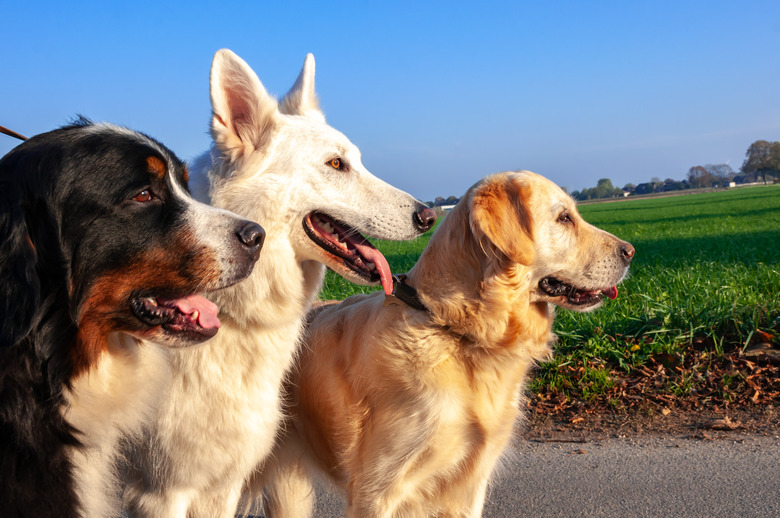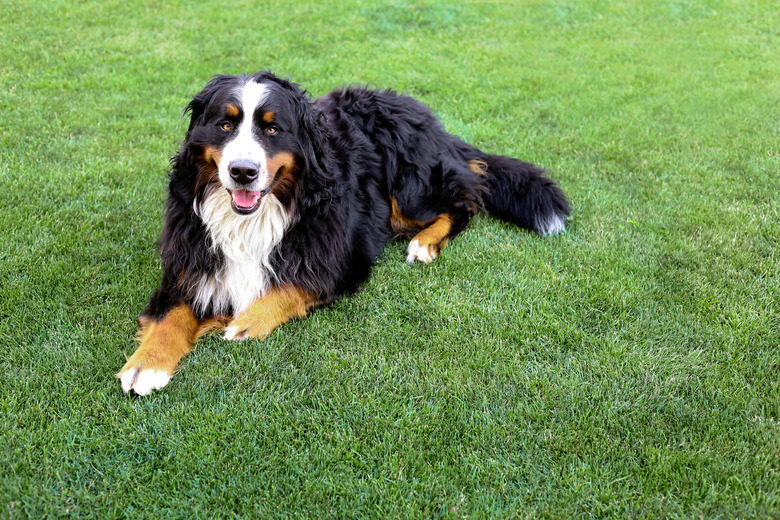How To Read A Dog's Pedigree
When you buy a purebred dog from a reputable breeder, the breeder should give you a copy of his certified pedigree. The pedigree is a dog bloodline chart that shows his parents, grandparents, and great-grandparents. Breeders may opt to show bloodlines going further back. This information gives you insight about your dog's genetics and what traits may have been passed down to your pup.
When you get the pedigree, review it carefully. If you notice any mistakes or have questions about any of the dogs listed, contact your dog's breeder to discuss the information. You can also use the information to research your dog's family tree and see any titles received.
Pedigree dog breed
Pedigree dog breed
While all dogs have a family tree, this information is not always tracked, especially for mixed-breed dogs. If you have a purebred dog, she is likely registered with one of the dog registries or kennel clubs, such as the American Kennel Club.
On most printed pedigrees, the dog in question is at the beginning of the tree. You will see your dog's full registered name, birth date, registration number, breed, and brief physical description. It may also include your dog's DNA profile number, although DNA testing is not required for all registrations.
Moving to the right, you will see this information for your dog's parents. Her father, or sire, is usually on the top half of the pedigree, where you will see the dog's name, registration number, and usually a short description or narrative on the dog. Her mother, or dam, is printed on the bottom, where you will likely see her name, registration information, notes about the litter from which your puppy came, and any special notes about any breeding or birthing issues. The next column will show your dog's grandparents followed by her great-grandparents.
Titles in your dog's lineage
Titles in your dog's lineage
You may also see additional abbreviations associated with some dogs on the pedigree. These may indicate titles the dog received or health information.
Titles are awarded based on the dog's performance and achievements, and most breeders will include these titles with the other information on the pedigree. You may see something such as "CH," which indicates a champion dog, "CWSG," which designates a world show champion dog, or "OGM," which is obedience grandmaster.
You can check with the AKC or the parent club of your dog's breed to see which title the abbreviation indicates. Reviewing the titles on the pedigree gives you a glimpse of where your dog's ancestors excelled and may help to predict your dog's possible future success.
Tracking other traits and appearance
Tracking other traits and appearance
You may also see health testing results on your dog's pedigree. For example, if your dog's breed gets recommended hip or elbow testing through the Orthopedic Foundation for Animals, you may see an abbreviation showing the results for the dog in question.
As you review the pedigree, make sure all of the dogs on the pedigree are listed as the same breed. You can also check the descriptions for color and size to see whether the information matches the requirements for the breed's standard. You may notice the same dog come up in the pedigree more than once. This is not a mistake and is a practice known as linebreeding, which is used by breeders to strengthen their lines.


